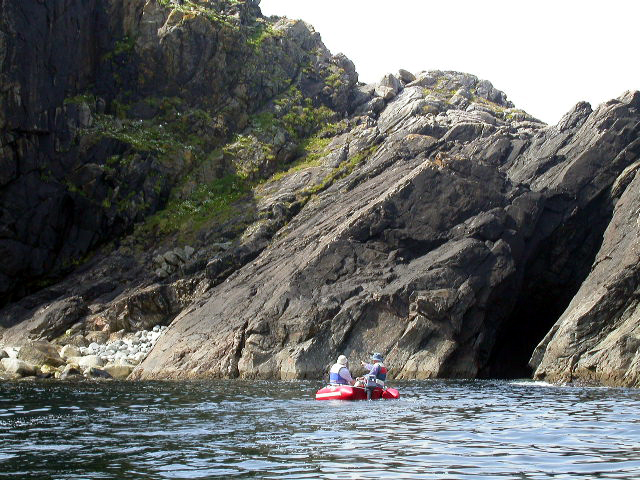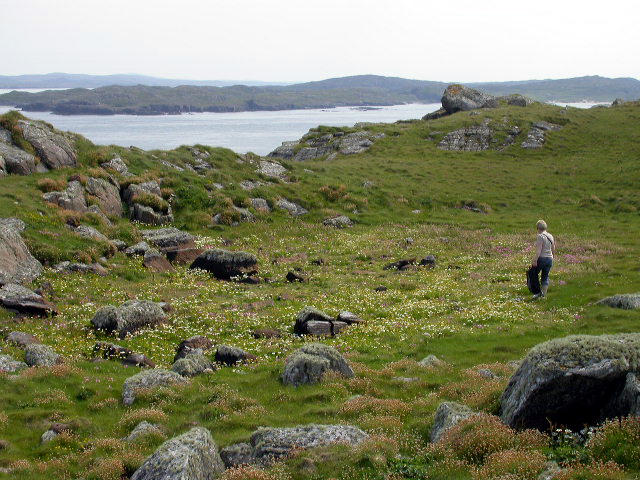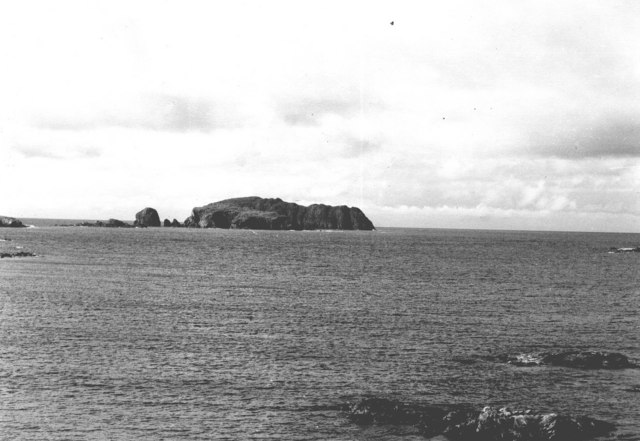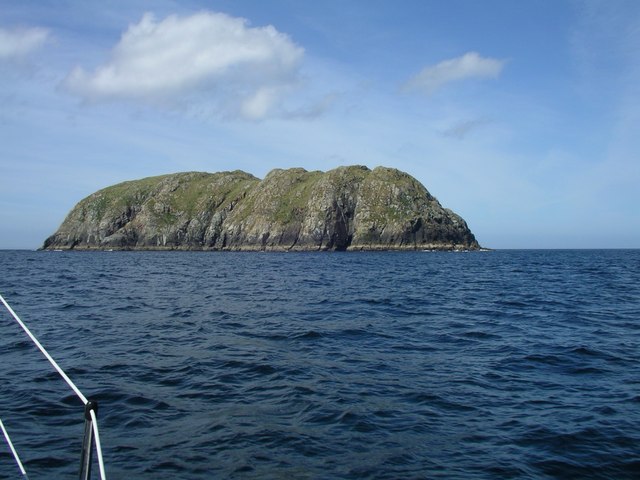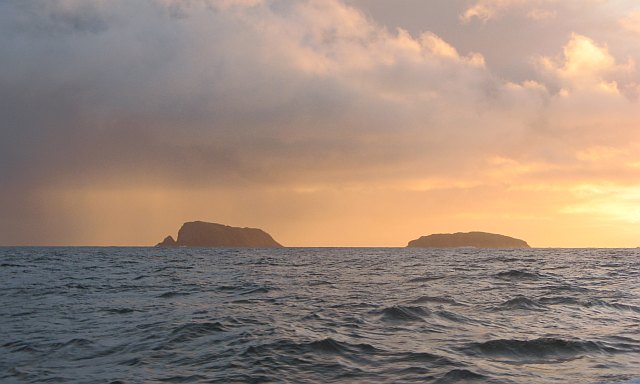Caolas Stac an Tùill
Sea, Estuary, Creek in Ross-shire
Scotland
Caolas Stac an Tùill
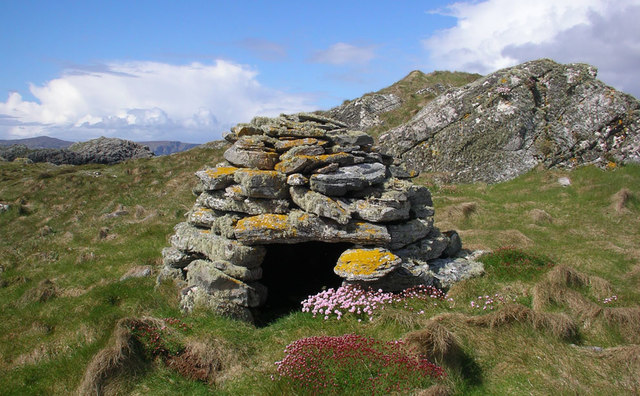
Caolas Stac an Tùill is a picturesque coastal inlet located in Ross-shire, Scotland. Nestled between rolling hills and the North Sea, it is a stunning example of natural beauty. The name Caolas Stac an Tùill translates to "Passage of the Stack of the Hole" in English, aptly describing its unique geological features.
The area is characterized by a narrow creek that cuts through the rugged landscape, forming a sheltered estuary. The creek is surrounded by towering cliffs and rock formations, which create a dramatic backdrop against the turquoise waters. The sea breeze and the sound of crashing waves add to the tranquility of the location.
Caolas Stac an Tùill is home to a diverse range of wildlife, including various bird species, seals, and occasionally even dolphins. The estuary provides an important habitat for both resident and migratory birds, making it a popular spot for birdwatchers. The surrounding hills also offer scenic walking trails, allowing visitors to explore the area and appreciate its natural wonders.
Due to its remote location, Caolas Stac an Tùill remains largely untouched by human development. It is a haven for those seeking solitude and a connection with nature. The lack of facilities and amenities in the immediate vicinity adds to its unspoiled charm.
Overall, Caolas Stac an Tùill is a captivating destination that showcases the rugged beauty of Scotland's coastal landscapes. Its secluded creek, dramatic cliffs, and abundant wildlife make it a must-visit for nature enthusiasts and those looking to escape the hustle and bustle of everyday life.
If you have any feedback on the listing, please let us know in the comments section below.
Caolas Stac an Tùill Images
Images are sourced within 2km of 58.276594/-6.9136338 or Grid Reference NB1242. Thanks to Geograph Open Source API. All images are credited.

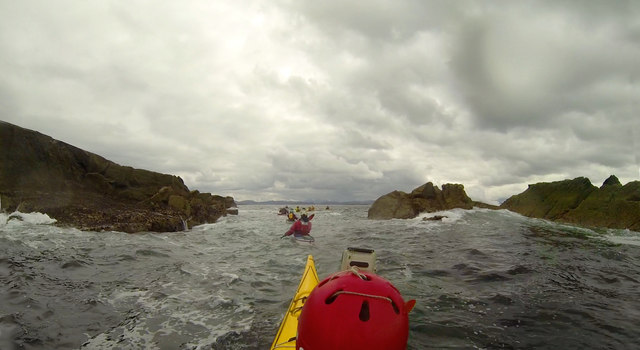
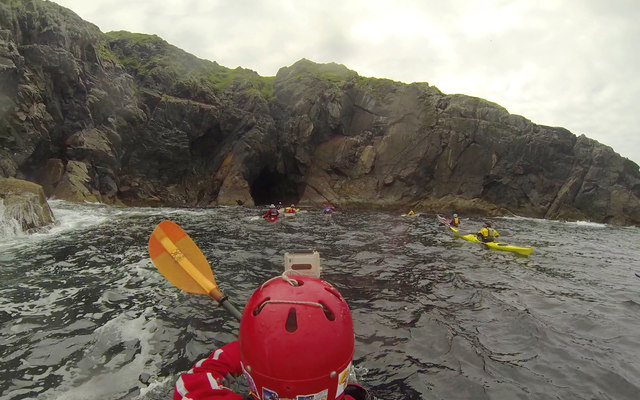
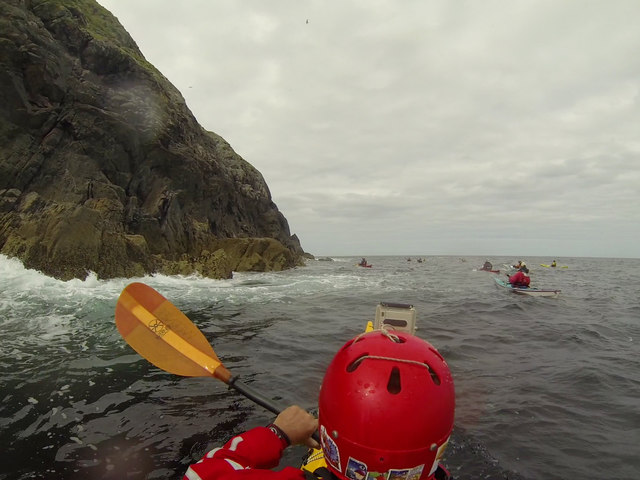
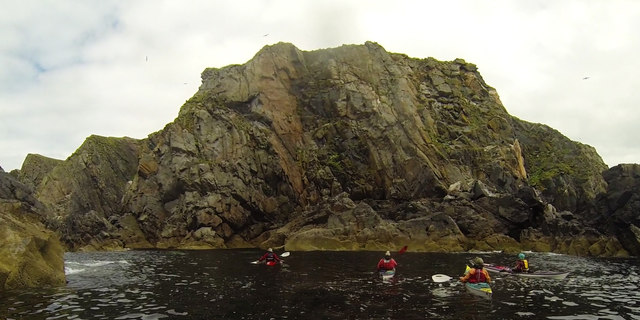
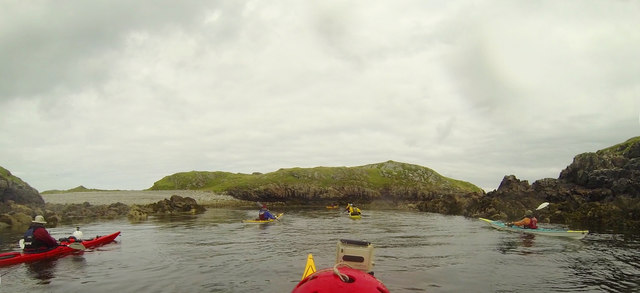
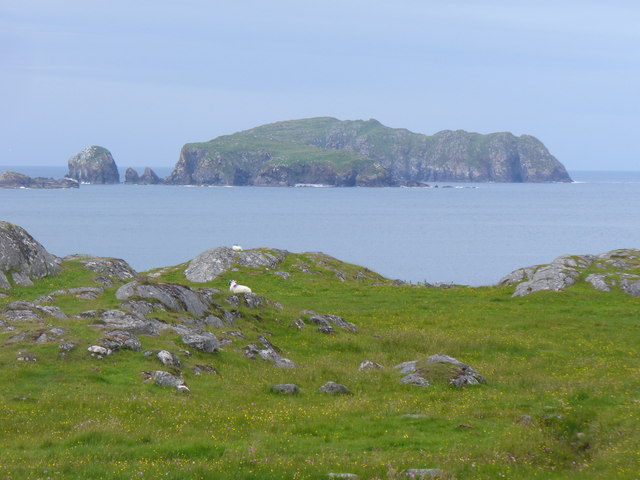
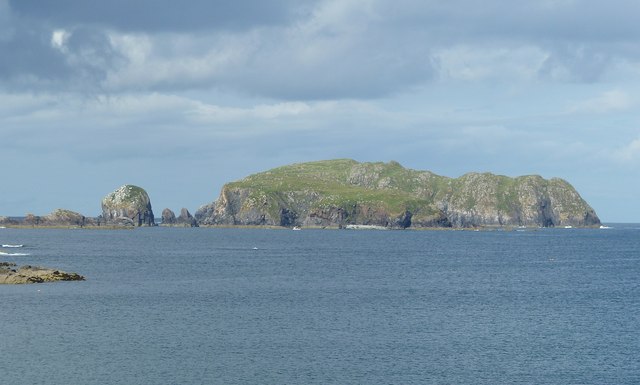
![Stac an Tùill This remarkably lumpy little stack is Stac an Tùill, it lies immediately to the southwest of Bearasaigh (<a href="https://www.geograph.org.uk/photo/2646866">NB1242 : Bearasaigh in front of Seanna Chnoc</a>). I can&#039;t find a definitive height for it, but as Bearasaigh&#039;s highest point is 58m I would estimate that Stac an Tùill achieves about 40m (c. 130ft)
[Edit] The latest OS map gives a height of 43m](https://s2.geograph.org.uk/geophotos/02/64/68/2646870_d9cfdc53.jpg)
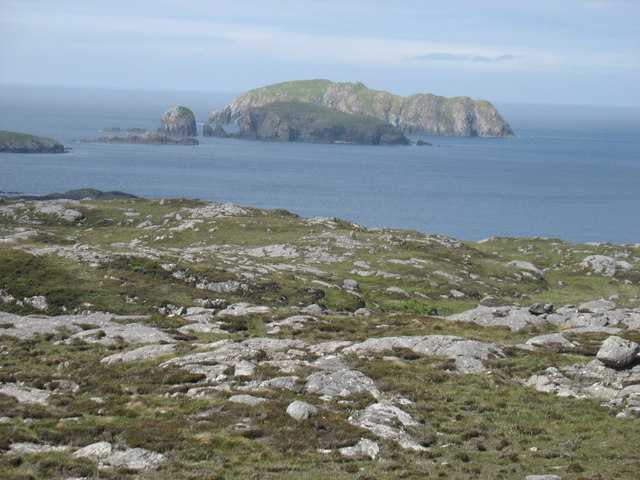

Caolas Stac an Tùill is located at Grid Ref: NB1242 (Lat: 58.276594, Lng: -6.9136338)
Unitary Authority: Na h-Eileanan an Iar
Police Authority: Highlands and Islands
What 3 Words
///fortnight.shot.crypt. Near Carloway, Na h-Eileanan Siar
Related Wikis
Bearasaigh
Bearasaigh or Bearasay (and sometimes Berisay) is an islet in outer Loch Ròg, Lewis, Scotland. During the late 16th and early 17th centuries it was used...
Seanna Chnoc
Seanna Chnoc (English: "old hill"), correctly known as Seana Bheinn is an islet in outer Loch Ròg, Lewis, Scotland. It lies north west of Great Bernera...
Flodaigh (Outer Loch Ròg)
Flodaigh is an islet in outer Loch Ròg, Lewis, Scotland. It lies north west of Great Bernera and Little Bernera, south of Bearasaigh and Seanna Chnoc and...
Campaigh
Campaigh or Campay is a steep and rocky islet in outer Loch Ròg, Lewis, Scotland that lies north of Cealasaigh and Little Bernera. A huge natural arch...
Cealasaigh
Cealasaigh or Kealasay is an islet in outer Loch Ròg, Lewis, Scotland that lies north of Traigh Mhór on Little Bernera and south of Campaigh. To the west...
Little Bernera
Little Bernera (Scottish Gaelic: Beàrnaraigh Beag) is a small island situated off the west coast of the Isle of Lewis in the Outer Hebrides.Little Bernera...
Bernera Riot
The Bernera Riot occurred in 1874, on the island of Great Bernera, in Scotland in response to the Highland Clearances. The use of the term 'Bernera Riot...
Pabaigh Mòr
Pabay Mòr or Pabaigh Mòr is an uninhabited island in the Outer Hebrides of Scotland. == History == The island's name comes from papey, an Old Norse name...
Have you been to Caolas Stac an Tùill?
Leave your review of Caolas Stac an Tùill below (or comments, questions and feedback).


